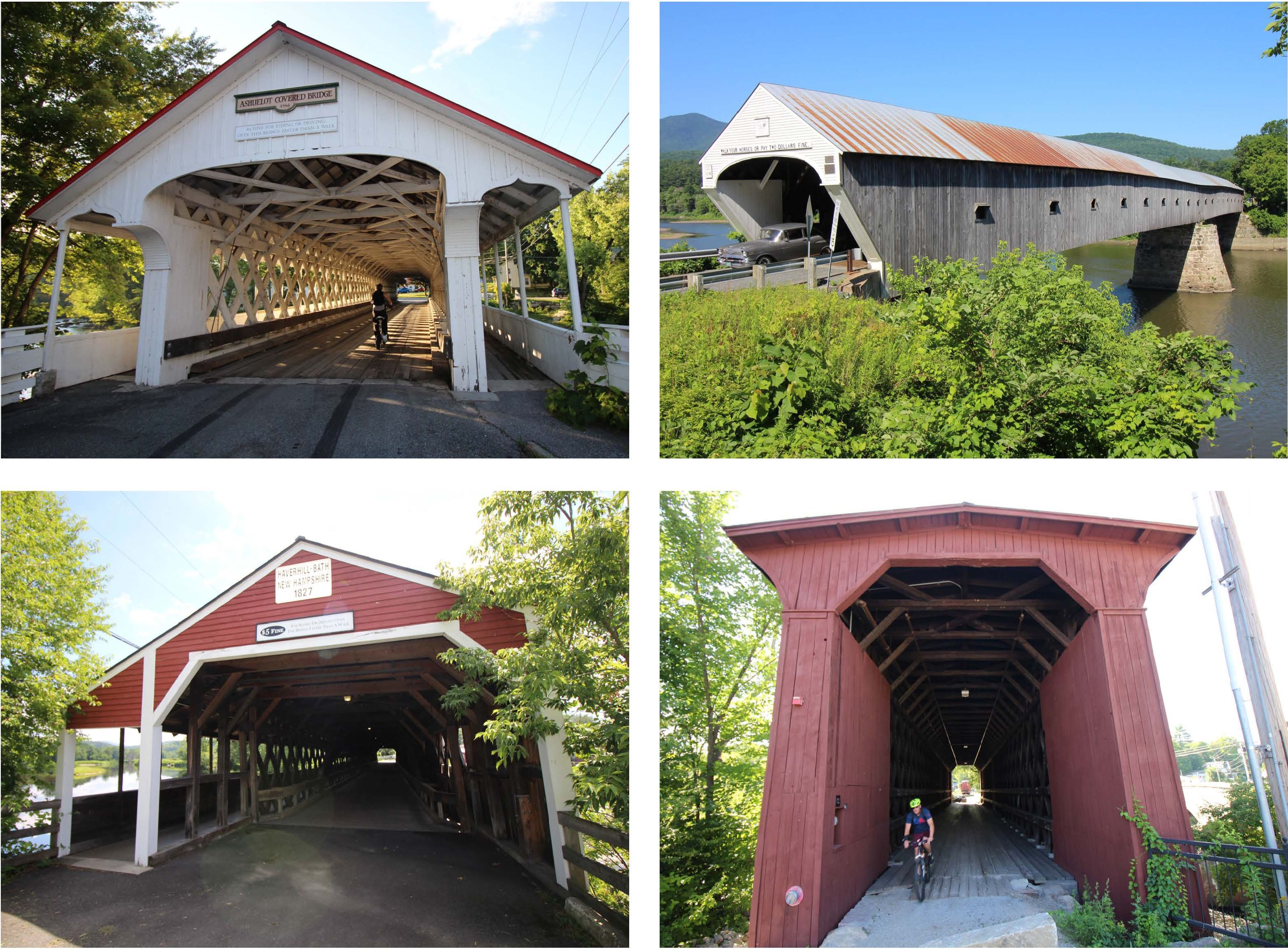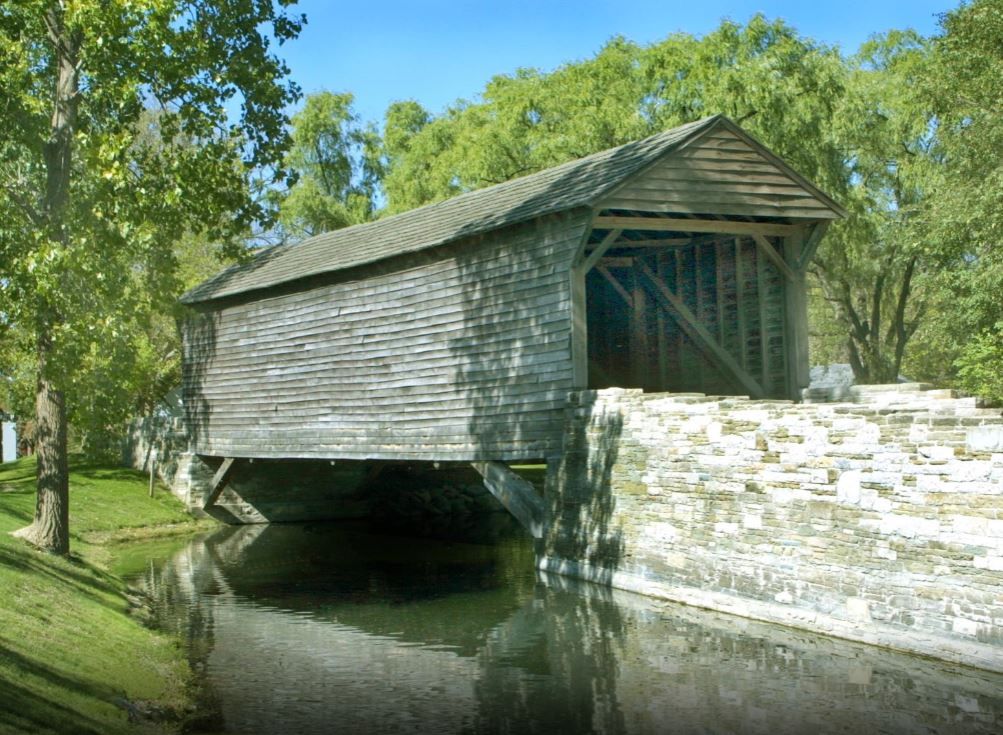
As the U.S. expanded in the 1800s, Americans refined timber-truss design to a degree never seen before and built some 10,000 covered bridges across the country. But only about 600 of these historic structures remain.
In many ways, American engineering began with innovative timber-truss bridges built in the early 1800s. In this slideshow, the editors of Invention & Technology Magazine describe 30 of the most celebrated covered bridges in the U.S., and tell why they are important.
For more information, see the accompanying article, "The History of American Covered Bridges" by Lola Bennett in the Fall 2020 issue of Invention & Technology.
The editors of I&T wish to thank Christopher Marston, Lola Bennett, and their colleagues at the National Covered Bridges Recording Project of the National Park Service, which has documented so many of the historic bridges in the U.S.
We also thank Bill Caswell and the other volunteers at the National Society for the Preservation of Covered Bridges for the important work they are doing.

Ackley Bridge is an excellent example of a multiple kingpost truss and a noteworthy early exemplar of covered bridge preservation efforts in the U.S.
Where: The Ford Museum, Dearborn, Michigan
When Built: 1832
Builders: Joshua Ackley and Daniel Clouse
Truss: Multiple Kingpost
Built in 1832 by Joshua Ackley (b.1805) and Daniel Clouse (b.1812), the Ackley Bridge originally spanned a branch of Wheeling Creek between Greene and Washington Counties in Pennsylvania, where it carried traffic for more than a century.
In 1937, when the bridge was slated for replacement, one of Ackley’s descendents acquired the structure and offered it to industrialist Henry Ford for his open-air village museum at Dearborn, Michigan. That winter, the 80-foot covered bridge was carefully dismantled and transported to Greenfield Village where it was re-erected over a man-made pond.
The structure underwent repairs in 1974, stabilization in 1999, and restoration in 2000.


